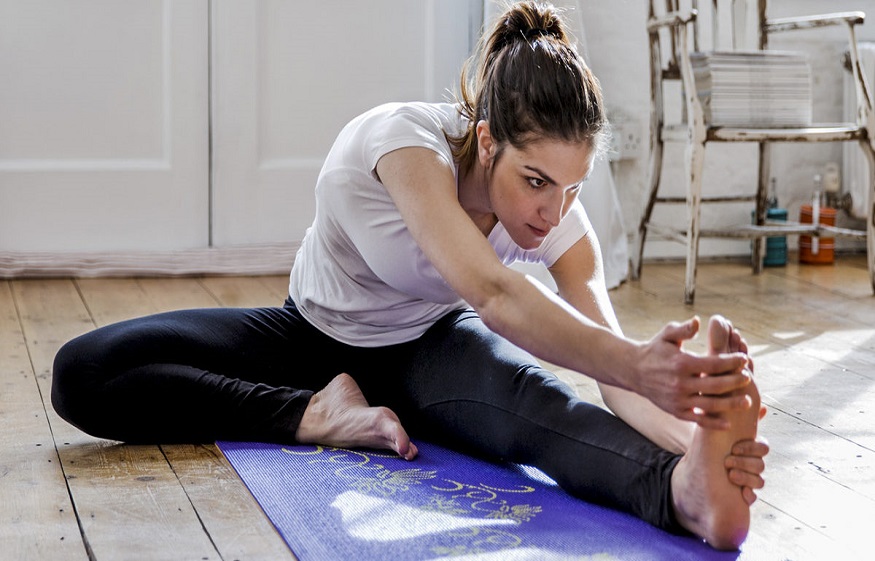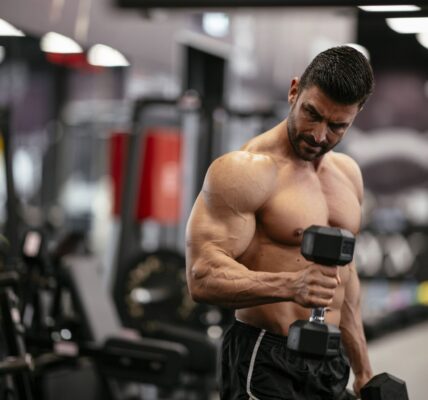Dynamic, static, active, passive, PNF, ballistic? Something to get lost in!
Stretching is recognized for its beneficial effects in sports and medicine, as well as on a daily basis, in prevention. Simple routine in appearance, it is not yet: stretching is only effective if you have a specific goal and know when to do it and how to do it. Many methods exist: from simple passive stretches to contract-release techniques or even rather radical, even dangerous ballistic methods. How to navigate? Practical advice on how to stretch properly.
A controversial practice
Stretching was once practiced for the sole purpose of preparing the athlete for extreme range of motion in activities such as dancing or gymnastics. They later became more and more popular and even indispensable in the preparation of the athlete. Their virtues have extended well beyond the simple gain in amplitude for which they were once limited. However, recent studies have questioned these benefits (see our article on stretching: should we still practice it?) but many controversies on the subject remain relevant. It is still difficult today to define with affirmation when and how stretching should be practiced and which techniques are the most effective. Many methods, resulting from a multitude of practices and experimental measures, have emerged to offer stretching adapted to the specific situation of the athlete (preparation for effort, recovery, gain in flexibility, etc.). In general, stretching is not very suitable for preparing for the effort but it is useful after training to remain flexible. We review the main types of stretching, their effects and how to apply them in practice
Flexibility or stretching?
Flexibility and stretching, are they the same thing? Confusion is common. However, the two terms do not have the same meaning.
The flexibilities are to stretch the connective tissue (tendons, ligaments, joint capsules) rather than the muscles. The objective is to obtain a gain in joint amplitude greater than the normal amplitude of the joint. They are useful in the preparation of disciplines requiring great joint mobility, gymnastics for example. When cold, the connective tissue is stiff and therefore more easily the target of stretching. It is advisable to practice them when the muscles are stiff in order to transmit the elongation directly to the tendons.
The stretching include both muscle stretching (lengthening the muscle to its maximum amplitude) and flexibility (stretching of the connective tissue). They aim to lengthen muscle and improve range of motion.
After exercise: for recovery and flexibility
Stretching (from the English verb strech which means “to stretch”) is useful after the effort to regain flexibility. Stretching lengthens the muscle, makes it regain its original length, relaxes it. They restore mobility to the joints. We regain flexibility while relaxing. Be careful, however, if you plan to train or compete the next day (match, bike ride, etc.): stretching may affect your performance for the next 24 or even 48 hours. Instead, do a few short passive stretches interspersed with long pauses to keep the muscles stiff.








